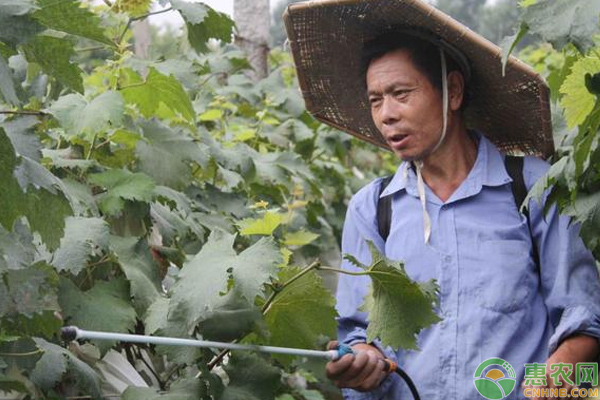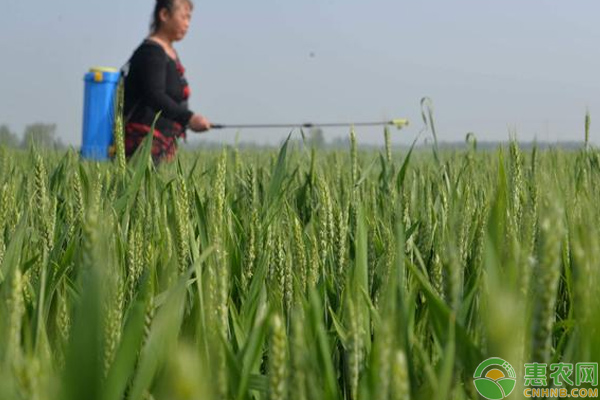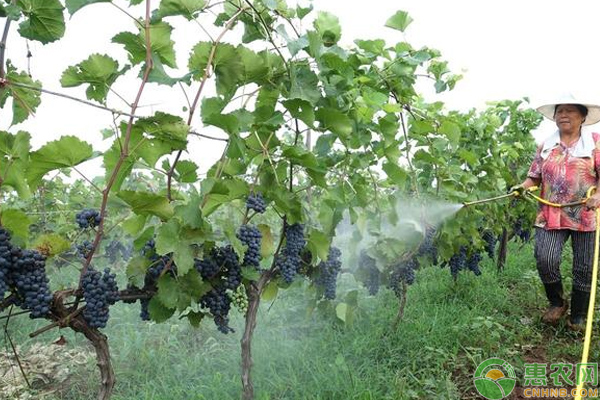Potassium dihydrogen phosphate is a widely used drug in the crop planting process. Any crop can be used, which can effectively improve the quality of agricultural products. However, you should pay attention to the correct use method when using it, otherwise it will cause serious phytotoxicity. The following is a scientific application method and precautions for potassium dihydrogen phosphate shared by Xiaobian for your reference.

    1. How much time is it best to use potassium dihydrogen phosphate?
    The safe period of application of potassium dihydrogen phosphate is generally 7-15 days. Needless to say, the seed dressing and the base application can be used once every 7-10 days, and the spraying time can be every 10-15 days. Spray once, it is best not to spray too many times in a crop season, spray about 3 times in the key growth period.
    Second, how is the most scientific use of potassium dihydrogen phosphate?
1. Dip seed dressing: Dip seed dressing with potassium dihydrogen phosphate can make the germination rate of crop seeds so that early germination, early emergence, emergence of seedlings, strong seedling stage, green leaves, tillers and roots are developed. In the application amount, the seed dressing is usually 1 kg of seeds and 2 g of potassium dihydrogen phosphate is used as a solution, and then sprayed on the seeds and mixed and dried to be used; the soaking seeds can generally be added with 100 g of potassium dihydrogen phosphate according to 50 kg of water. Make a solution (or use 1kg + 20g potassium dihydrogen phosphate), soak the seeds for 2-3 inches and soak for 12-16 hours, then remove and dry to use.
2, the use of roots: potassium dihydrogen phosphate root used, more use in flower seedling transplanting. When the planting area is large, it can be used according to the dosage of 0.5 kg of potassium dihydrogen phosphate per mu, and the appropriate amount of water and dry fine soil can be used to prepare the liquid pulp. For the family planting, the flower seedlings can be 0.1%. Root use.

3, the use of base fertilizer: the use of base fertilizer, generally mixed with other fertilizers before planting, but because the real price of potassium dihydrogen phosphate is relatively high, so it is not recommended to use basic fertilizer (more money), also No more introductions.
    4, foliar spray application: potassium dihydrogen phosphate as the foliar fertilizer is the most common use, the best effect, and generally more mixed with various types of pesticides and fertilizers. After using potassium dihydrogen phosphate, the crop not only has strong seedlings, strong trees, strong roots, flowers, and fruit-promoting effects, but also enhances crop stress resistance (such as drought resistance, cold resistance, disease resistance, dry heat resistance, etc.) ), while rapidly supplementing phosphorus and potassium nutrition, enhancing photosynthesis, and accelerating the production of nutrients, have a very significant effect on promoting flower bud differentiation and fruit development.
    1 Grass crops: wheat, corn, rice and other field crops are best sprayed before, before, before, before, before, and before the filling; cotton in the bud, flowering, and belling It is best used in several key periods; flower plants can be sprayed best before and after flowering; the concentration is 30-50 kg of water with potassium hydrogen phosphate;
    2 vegetable crops: vegetable crops spray more potassium dihydrogen phosphate, usually sprayed about 7 days, each time according to the amount of 100 grams of potassium dihydrogen phosphate to 30 kg of water can be used.
3 fruit crops: apples, peaches and other fruit crops, the best use in the flower, flower, fruit, and fruiting stages, generally in accordance with potassium dihydrogen phosphate 100 grams water 50-60 It can be used in kilograms of water.
Examples of several crop use methods: 1 Peanut in the pre-flowering, lower-needle, and pod-forming period, 100 kg per acre for 50 kg of water; 2 corn after the seedling, jointing period, 100 g per acre 30-50 kg Use, spraying 0.2% concentration at flowering period; 3 wheat before returning to green, jointing stage, booting stage, flowering stage, filling stage, use 100 kg per acre for 50 kg of water, heading flowering period 20 g per acre with water 15 kg ; 4 rice in the tillering stage, jointing stage, booting stage, filling stage, 100 grams per acre with 50 kg of water, can be sprayed 1-2 times during the filling period; 5 tea in the growth period, 30 grams of water per acre Spraying 15-30 kg; 6 rapeseed before and after seedling stage, flood season, flowering stage, maturity period, 20-30 grams per acre with 15 kg of water sprayed; 7 radish after planting, expansion period, 50-100 grams per acre Spray 50 kg with water; 8 garlic sprayed with 50 kg of water per acre before winter, and spray 0.2% of the fertilizer solution after re-greening; 9 green onions are sprayed with 15 kg of water at the seedling stage. Before transplanting to harvesting onion, 80 grams per acre is sprayed with 50 kilograms of water; 10 potato-block crops are in the stage of branching and agglomeration, and the expansion of potato tubers 100 grams per acre is used for 50 kilograms of water; strawberry can be sprayed with 0.2-0.3 concentration of fertilizer before and after flowering; watermelon in the seedling stage, pumping period, fruit setting period, expansion period, 50-80 grams per acre 50 kg use and so on.

5, irrigation roots, flushing use
The rooting concentration of potassium dihydrogen phosphate is usually diluted 1000 times (the ratio of potassium dihydrogen phosphate to water is 1 to 1000), and the amount of water and fertilizer per acre is about 100 kg, and the dosage per plant is 10-20 g.
    3. What are the precautions for using potassium dihydrogen phosphate?
    1. Potassium dihydrogen phosphate can be mixed with most acidic and neutral fertilizers and pesticides, but it cannot be used with alkaline fertilizers and pesticides.
    2. Potassium dihydrogen phosphate is most suitable for use in the peak demand period of phosphorus and potassium in crops, such as the expansion period of underground stems of potato block crops, before and after flowering of cotton, the period from the moss to the flowering stage of rapeseed, the fruit expansion period of solanaceous crops, and The booting stage of cereal crops, etc.
    3. The spraying time of potassium dihydrogen phosphate should avoid the high temperature period at noon. It is best to use it before 10 am or after 4 pm.
    4, potassium dihydrogen phosphate can not replace the application of base fertilizer and root fertilization, can only be used supplemented with crop fertilizer.
    Potassium dihydrogen phosphate has the characteristics of high concentration, good purity, fast absorption, wide range and high safety. It is a drug that is widely used by growers. The effect is good and can effectively promote the growth of crops, but you need to master the correct method of use, otherwise it will be counterproductive. The above is a detailed scientific method of use, you can learn from.
Many customers want something special. For these men of finer tastes we offer a custom sex doll service.
CKSex Sex Dolls can be customized to any skin color you want, like fair skin, natural skin, Tan skin, light tan skin , cocoa skin, black skin, etc.
Nail color can be changed and wigs color you can choose:Brown,Black,Blonde,Red,Purple,Green,Gray.....
The eye color you can choose: Green,Blue,Black,Brown
All the color option is free.

Silicone Women Dolls,Sex Dolls By Color,Silicone Dolls,Lifelike Sex Dolls By Color
Dongguan Chenkuang Biological Technology Co., Ltd , https://www.cksexdoll.com